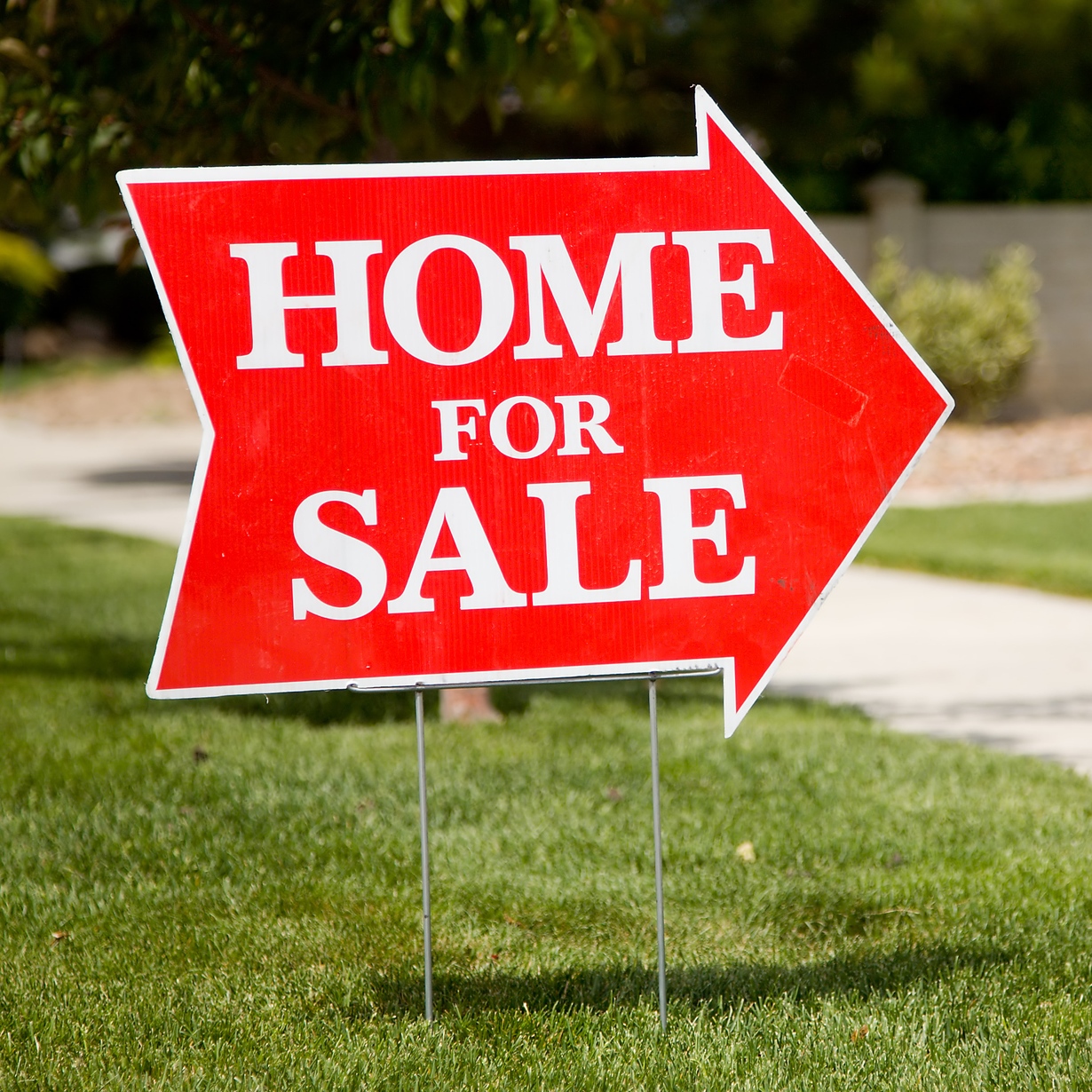Housing
December Home Prices Rose Most in Seattle, Portland, Denver: Case-Shiller

Published:
Last Updated:

The S&P CoreLogic Case-Shiller national home price index rose to a record high of 185.54 in December, surpassing the previous high of 185.23 set in November.
In all 20 U.S. cities included in the 20-city home price index, December house prices increased year over year, and 18 of 20 also posted month-over-month increases. Seattle (up 10.8%), Portland (up 10%) and Denver (up 8.9%) posted the largest year-over-year gains. Tampa (up 1.1%) and Seattle (up 0.6%) posted the largest month-over-month increases, while Detroit (down 0.2%) and Minneapolis (down 0.1%) posted the only month-over-month declines.
The S&P CoreLogic Case-Shiller home price index for December increased by 5.6% year over year for the 20-city composite index and by 4.9% for the 10-city composite index. The national index rose 5.8% year over year on a non-seasonally adjusted basis, up from a month-over-month increase of 5.6% in November.
Economists had estimated a non-seasonally adjusted year-over-year gain in the 20-city index of 5.4%.
The index tracks prices on a three-month rolling average. December represents the three-month average of October, November and December prices.
Before seasonal adjustment, the month-over-month National Index showed a gain of 0.2%, the 10-City Composite gained 0.3%, and the 20-City Composite posted also rose 0.3%. After seasonal adjustment, the month-over-month gains were 0.7% on the National Index and 0.9% on both the 20-City Composite and the 10-City Composite indexes.
Average home prices for December remain comparable to their levels in the winter of 2007.
The chairman of the S&P index committee, David M. Blitzer, said:
Looking at real or inflation-adjusted home prices based on the S&P CoreLogic Case-Shiller National Index and the Consumer Price Index, the annual increase in home prices is currently 3.8%. Since 1975, the average pace is 1.3%; about two-thirds of the time, the rate is between -4% and +7%. Home prices are rising, but the speed is not alarming.
One factor behind rising home prices is low inventory. While sales of existing single family homes passed five million units at annual rates in January, the highest since 2007, the inventory of homes for sales remains quite low with a 3.6 month supply. New home sales at 555,000 in 2016 are up from recent years but remain below the average pace of 700,000 per year since 1990. Another factor supporting rising home prices is mortgage rates. A 30-year fixed rate mortgage today is 4.2% compared to the 6.4% average since 1990.
Compared with their peak in the summer of 2006, home prices on both 10-city and 20-city indexes remain down about 8.8% and 6.77%, respectively. Since the low of March 2012, home prices are up 41% and 43.7% on the 10-city and 20-city indexes, respectively.
Want retirement to come a few years earlier than you’d planned? Or are you ready to retire now, but want an extra set of eyes on your finances?
Now you can speak with up to 3 financial experts in your area for FREE. By simply clicking here you can begin to match with financial professionals who can help you build your plan to retire early. And the best part? The first conversation with them is free.
Click here to match with up to 3 financial pros who would be excited to help you make financial decisions.
Thank you for reading! Have some feedback for us?
Contact the 24/7 Wall St. editorial team.